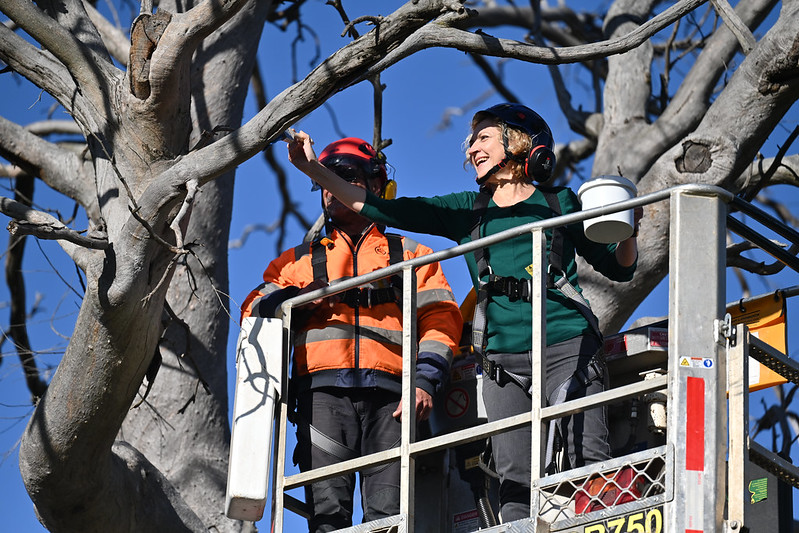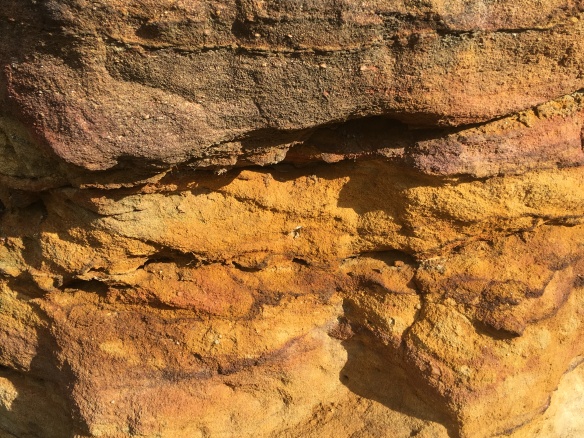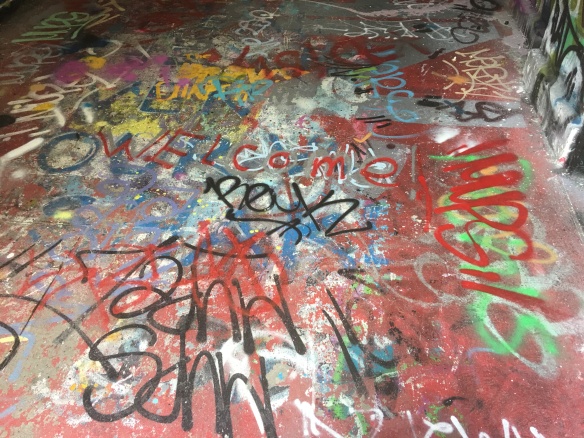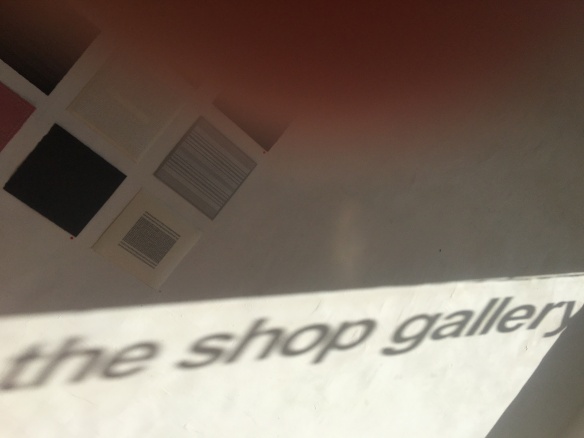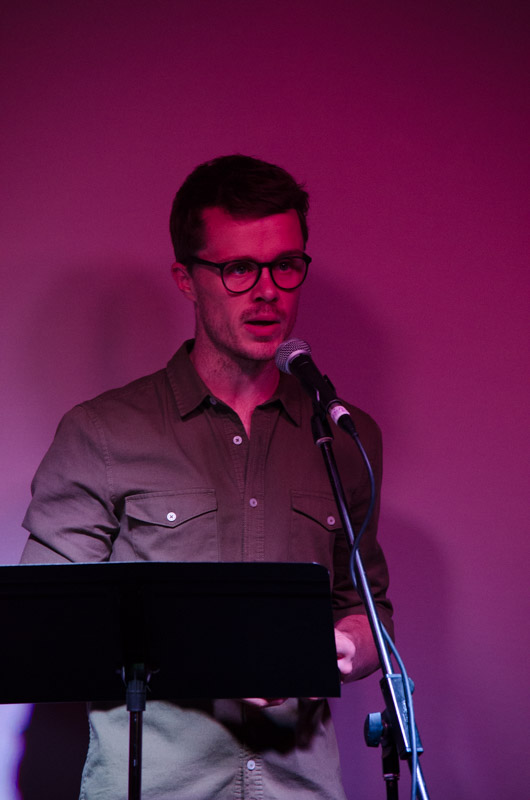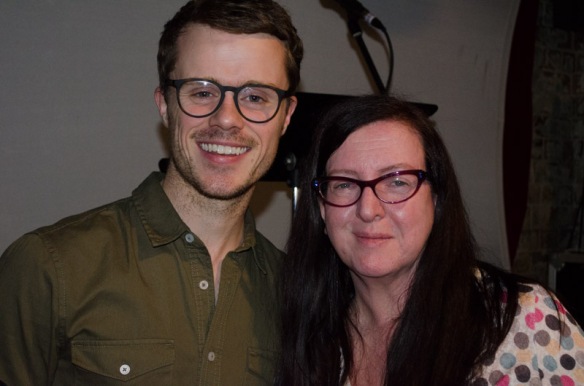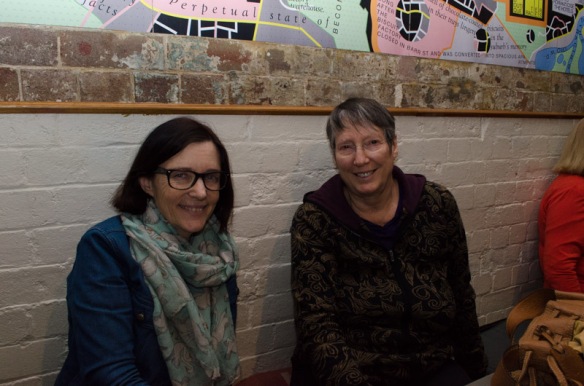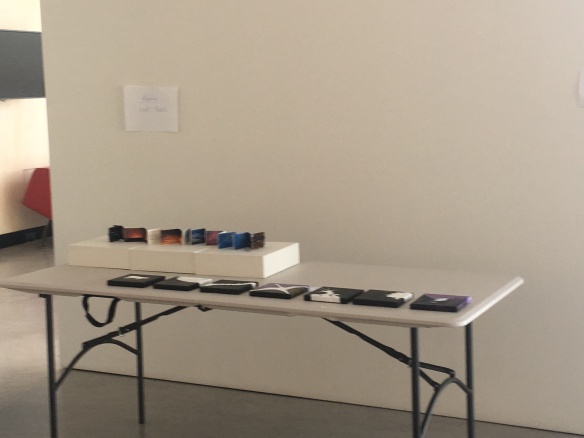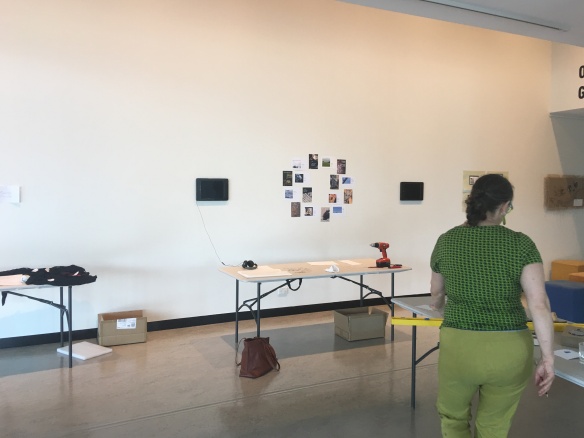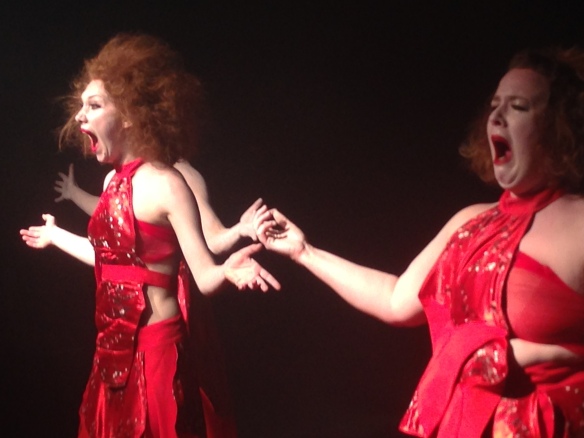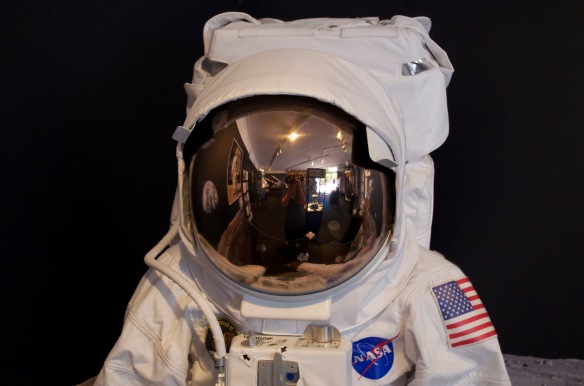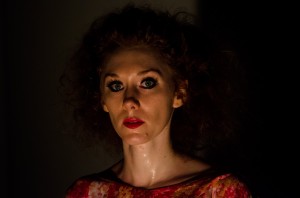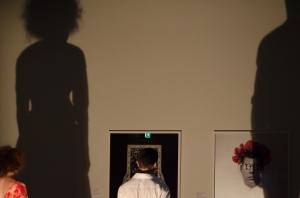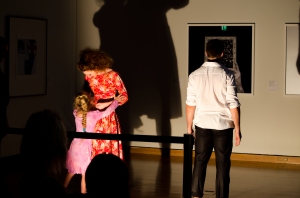
The Blue Tree in Lyons
the Yellow Box rattles in the wind
dead branches entwined with sky
trunk brushed in blue
at the turnoff drivers ask
why’s that tree
got a blue coat?
passengers wonder
strollers and joggers pause
ask why is blue so sad
a silence
inside
when it’s also sky and sea
why is it too hard to say
something’s really wrong?
socks paired face washed hair brushed
we make ourselves look better than we are
so no one sees our shuddering shame
my thoughts are worried leaves
in a storm
my mind is bark eaten away
my job is too much I think I’m done
how will I make money to pay my rent
let alone my debt
my family was stolen and my land
my body doesn’t feel like me
thrashing limbs I can’t stop
so scared I’ll be ripped away
I’m different to anyone I’ve ever met
they left me
I was hurt too much
where can I live
where can I be safe?
my love is not accepted
I asked for help but it’s too much
this pain has done me in
lopped branch after branch
the world has raced ahead of me
I’m lonely
people will think
why is that tree in Lyons blue?
ask have you seen that big blue tree?
people on the drive to work
to the shops to visit
kids walking home from school
don’t know what to say
might make it worse?
ask why is that tree blue?
it’s a start to find a way to say
there’s something really wrong
this feeling it’s not leaving
or I am worried about our friend
so why is that tree blue?
in the listening and speaking
here in Country
in Lyons right near Woden
in the valley near the creek
we might find a way to hear
to say
yes I’ll listen
we can try to talk
I’ll sit with you
I’ll come
Sarah St Vincent Welch © 2023
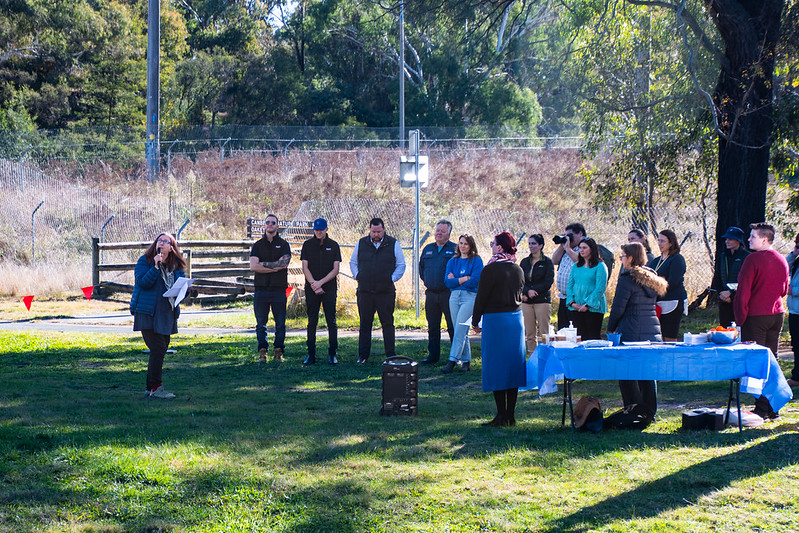
Last Monday I packed my blue plastic poncho and headed off to help paint a huge dead tree in Lyons a sky blue, and to read a poem I have been working on for over six months. The poem is about how the blue tree might affect our community. The Blue Tree Project began in Western Australia and was started by Kendall Whyte, whose brother, Jayden, took his own life. Please read the story of the project. It is gentle, organic, and has helped people find another place to put their grief and distress, and to communicate about it. As of today the blue tree count in Australia and around the world is 927.

In 2021 I travelled with my husband, Dylan, around most of Australia, 25,000 kms, to talk to people to try to understand my country more, and to reflect on suicide, mental health and illness, and the desperation that leads people to make this decision. I continue to reflect on the stigma I have keenly felt around discussions of suicide, mental illness, and crises of distress all my life. It comes from trying to understand the silence around my father’s death and the circumstances around it that involved me as a child. Attitudes have changed; but not enough. I tried to turn away from it, but I recognised I just couldn’t anymore.

The first blue tree we saw was on the Mitchell Highway near Barcaldine. And yes we had a discussion about mental health when we found out just why that tree was blue. I, of course, wanted to speak to Kendall, but I missed her in Perth, so we chatted via zoom, me in the car parked on the main street of Coolgardie (we were on the way to Kalgoorlie) and again I experienced the kindness and generosity of people like Kendall in the community working in suicide prevention.
This is way too complex a subject to completely address here in this post. I am still on this journey to understand more and to find ways to contribute. And I am still talking to people and writing. But I wanted to share this poem now.

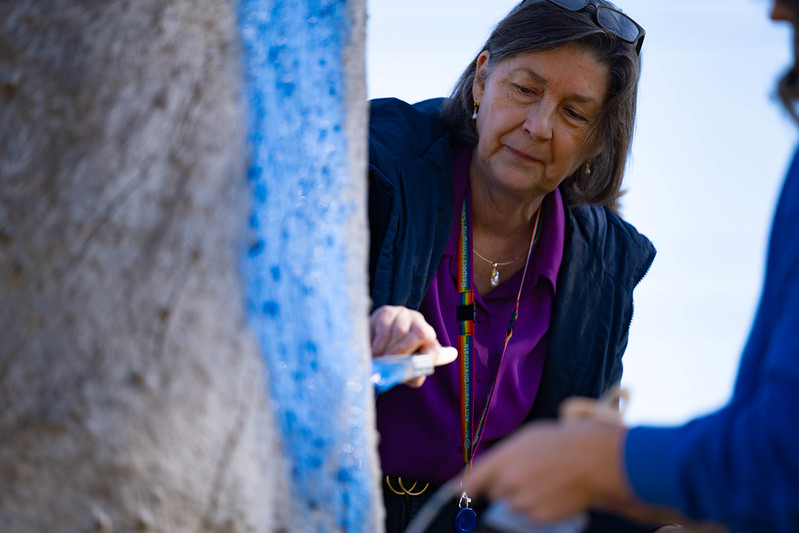


Samantha Ning from TCCS Directorate was a driving force behind the blue tree being painted in Lyons, working with ACT Health, and Kendall Whyte. It has been years in the organising; El Nino and a pandemic intervening. Kendall Whyte spoke at the painting ceremony, and I at last met her in person and we hugged. I was honoured to meet Aunty Lydia George. And I was blessed to meet all the gentle people from the community and from government in the Australian Capital Territory who have worked together to get a very big tree painted blue on Hindmarsh Drive where so many people can wonder over it, and maybe start a difficult conversation. It has to be better than silence. And to my astonishment I read, at the invitation of Gabrielle Mulcahy, my poem to Minister Emma Davidson, on the following Thursday when she got up in the ‘The Tower,’ a crane or bucket lift, to paint the upper branches, followed by the TCCS Tree Protection team who finished off the job by spraying those top limbs and twigs.
If you feel you don’t have anyone to talk to and this post makes you want to connect with a capable listener you can ring Standby or Canberra Lifeline and I will respond here as well.
